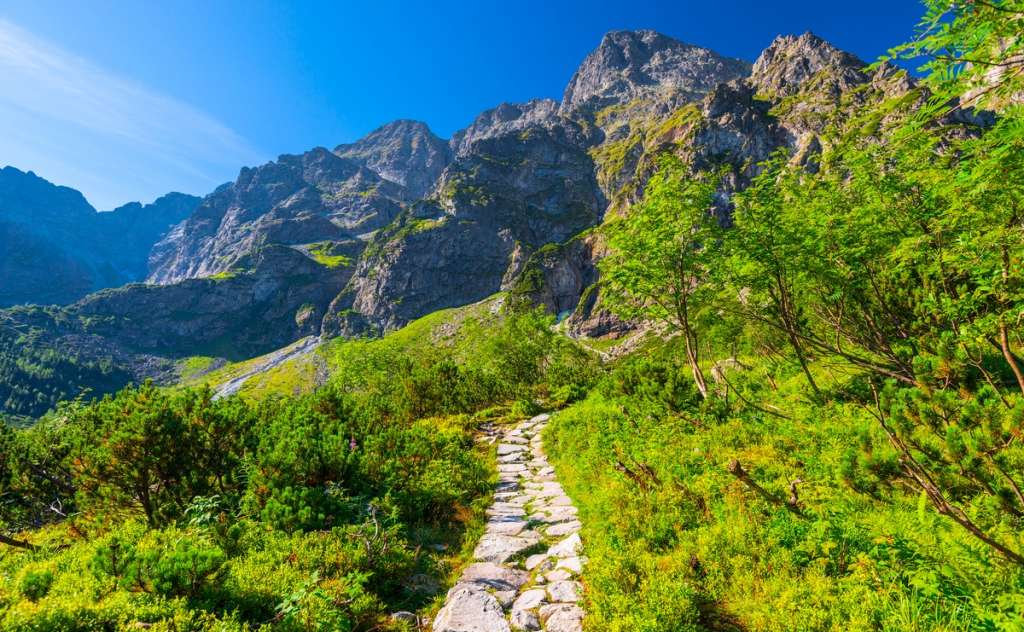Kouveleiki B Cave

South of the mountainous village of Alepochori (at a distance of 5 km) and 57 km southeast of Sparta, there is a cave called Kouveleiki A at an altitude of 350 metres. It belongs to a set of adjacent caves that include Kouveleiki B (at a distance of 50 metres) and Kouveleiki C (at a distance of 100 metres). As we will see below, for the first time in Greece, a model of the simultaneous use of two caves in the broader environment is recognised.
Kouveleiki B cave consists of a chamber about 15 metres long. A barrier with scattered Prehistoric shells was found at the cave entrance. The excavation began in 1992 and is still ongoing. The cave is unused, while until 1922, it was used as an animal stable. The findings of the functional pottery (of inferior quality compared to those of the Kouveleiki A cave), the obsidian tools (blades, scraper, arrowheads), and the small number of jewels testify to the use of the cave during the Late and Late Neolithic period (5th and 4th millennium BC). Bones of domestic animals (sheep, goats, cattle, pigs) were also discovered, which refer to livestock activities, as well as bones of wild fauna that certify hunting activities. The anthropological findings are also remarkable. These are two burials, the first of which rescues the entire human skeleton of a pre-adolescent, placed, in situ (in its original place), in a timid position. The second burial is part of a skeleton, probably female, whose skull is preserved. Finally, the cave is not an organised archaeological site.



